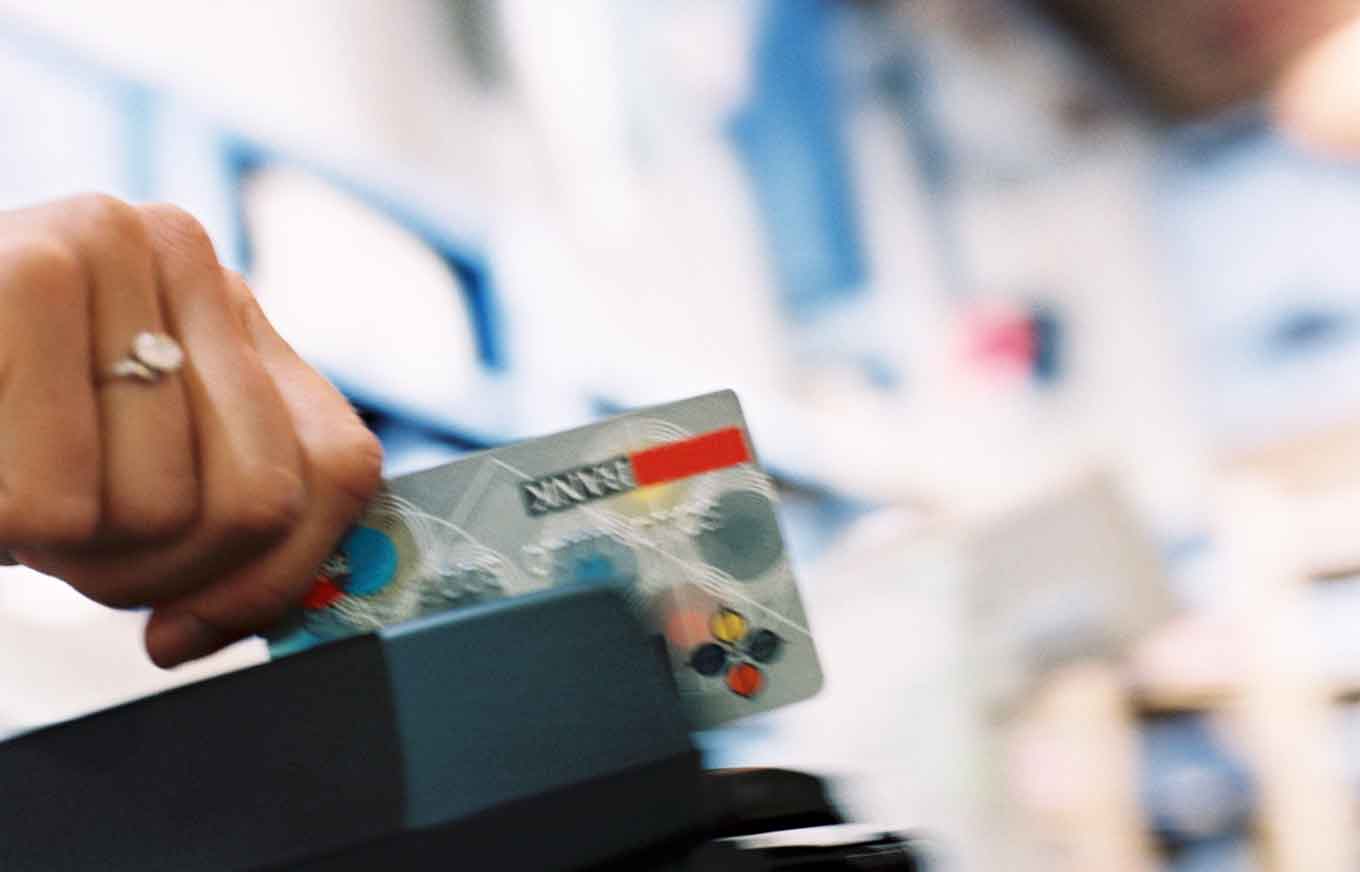 Since the end of the recent recession, consumers have been trying to keep various aspects of their finances under control, and that includes making sure they’re up to date with all their monthly bill payments. As such, instances of credit card delinquency and default slipped for most major lenders once again in May.
Since the end of the recent recession, consumers have been trying to keep various aspects of their finances under control, and that includes making sure they’re up to date with all their monthly bill payments. As such, instances of credit card delinquency and default slipped for most major lenders once again in May.
[Update: Some offers mentioned below have expired. For current terms and conditions, please see card agreements. Disclosure: Cards from our partners are mentioned below.]
Apart from American Express, all of the nation’s largest credit card lenders saw fewer credit card accounts fall 30 days or more behind on payments last month, according to a report from the Wall Street Journal. Capital One, Discover, JPMorgan Chase, and Bank of America all saw early-stage delinquency decline, while AmEx saw its late payment rate hold steady at 1.1 percent, the lowest rate among these companies.
Meanwhile, similar drops were observed for all banks when it comes to the number of accounts that had to be charged off — that is, those so late they are considered uncollectable and are thus stricken from lenders’ books, the report said. Here, too, AmEx had the lowest such rate at 1.9 percent (mostly because its customer base is the most affluent of all major lenders), but Bank of America saw the largest decline overall, as its default rate slipped to 4.03 percent, down from 4.55 percent. Only Capital One had a higher rate of default.
This positive change is good news for consumers and banks alike, the report said. In the latter case, it allows financial institutions to free up cash they had saved to guard against future losses as a result of defaults.
“It’s hard to envision needing to put reserves up on a card portfolio,” Donald Fandetti, an analyst with Citigroup Inc, told the newspaper. “People default on their cards when they lose their jobs, and there’s modestly better job creation and the unemployment rate has been stable to down, so it could go on for a while.”
Instances of delinquency and charge offs have been declining sharply since the end of the economic downturn, despite the fact that many experts believed these rates must bottom out and begin climbing again, as there must logically be a point at which a bare minimum number of consumers who are behind on payments is reached. That has not yet come to fruition, however, and it may be difficult to predict exactly when it will.
Image: Hemera
You Might Also Like
April 9, 2024
Credit Cards
October 21, 2020
Credit Cards
August 3, 2020
Credit Cards





